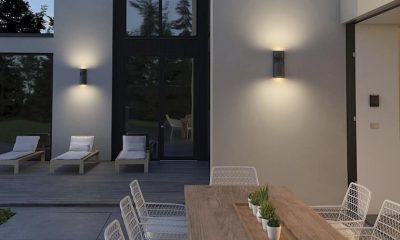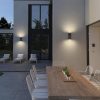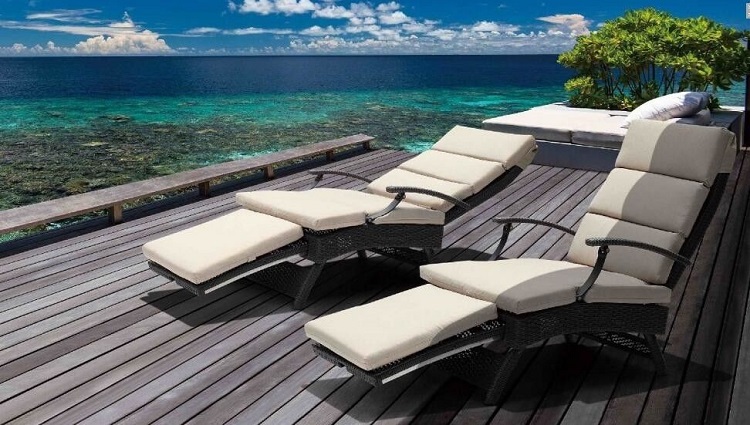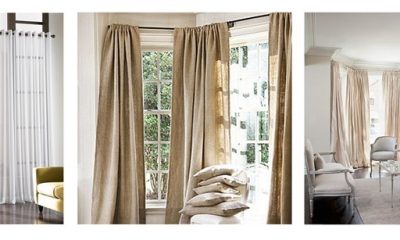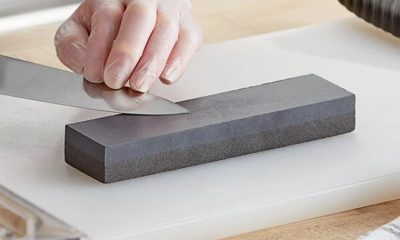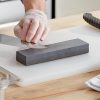Home & Garden
The 3 Different Types of Garden Sheds
A shed is a single-story structure usually located in the back or the front of a garden that can be used as storage space or a workshop. Garden sheds come in various styles, from corrugated metal tin-roofed garden buildings to opulent and stylish hardwood framed garden houses to low-maintenance plastic garden sheds. The type of material you want to use for the garden shed should be determined by the amount of time and energy you have to commit to its upkeep and its purpose.
1. Metal Sheds
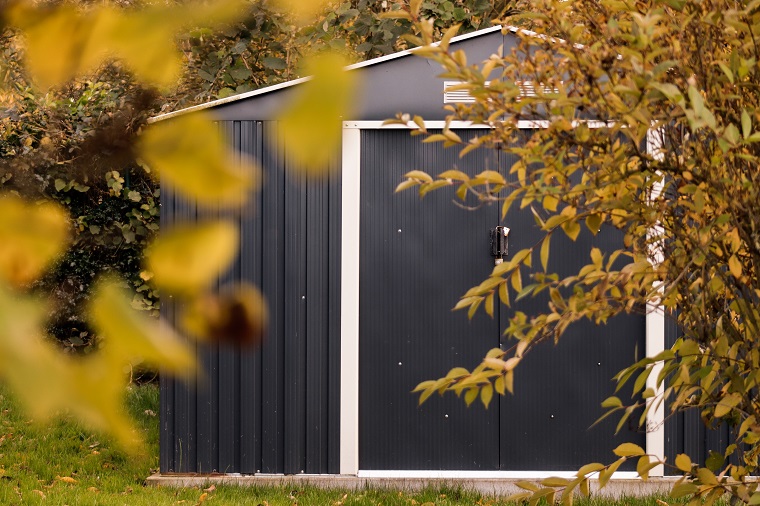
Metal sheds are known for their durability and sturdy construction, making them an excellent alternative for storing expensive objects. Metal and steel sheds also provide fantastic value for money because metal seems to be a relatively cheaper material than wood. They’re a popular choice for homeowners and people who need extra storage rooms in their gardens worldwide. They’re built to endure the elements and are resistant to rust and decay, providing long-lasting garden storage all year. They don’t need painting, sanding, or even insect control. Furthermore, metal shed installation is relatively simple.
Metal, however, has certain shortcomings. Large garden sheds made of metal or steel are more challenging to adapt than timber sheds (though not impossible). If you want to do more than just instal some shelving, you’ll need some heavy-duty drills and bits, a welder, sheet filers, and an angle grinder. Metal sheds may ‘sweat’ or produce moisture if not adequately aired or insulated.
If you want a garden shed large in size that will last for a long time, choose good quality galvanised steel garden sheds. They will be your perfect storage space for decades to come.
2. Wooden Sheds
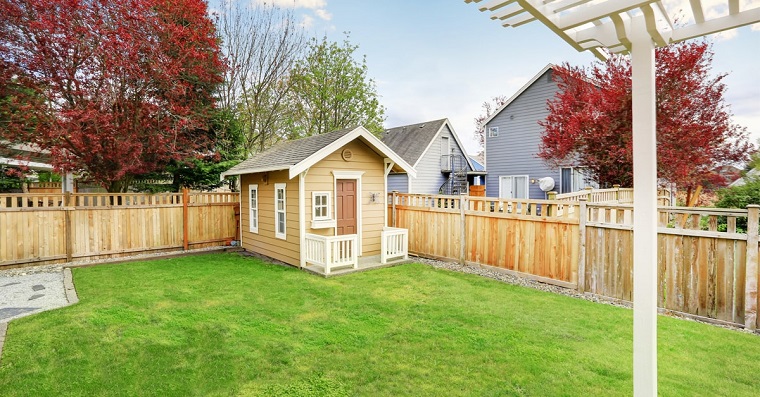
Wooden sheds, arguably the most popular type of garden shed, are available in contemporary and traditional styles to fit most yards and may be readily changed to add shelving or more storage.
Another benefit is that wood is a natural insulator. So, while tongue and groove cladding provides a tight barrier against water ingress, natural air gaps in the timber help insulate your shed. This means that wooden sheds, summerhouses, and log cabins will be warmer in the winter and colder in the summer. So, if you’re seeking a garden shed where you can spend a lot of time, look no further.
Although metal and plastic shelters are very durable and more weather resistant than wood, hardwood sheds are much heavier and more solid. They can resist harsh weather if you increase the life of your shed by pressure treating the wood.
Now, let’s talk about their drawbacks. Wooden sheds (unless pressure-treated) will need to be treated regularly, at least once every couple of years. Chemicals and preservatives are introduced to the wood in a vacuum during the pressure-treatment process. This enables them to penetrate far deeper than dip treatments and protect the wood for a longer period.
Another issue with timber garden sheds is their susceptibility to dampness, which can cause warping and bending, making the whole structure unstable and even dangerous. When it rains, it pours with timber since damp wood attracts pests such as termites, rot, and even rats. And although there is a solution to this problem, it will affect your budget.
3. Plastic Sheds
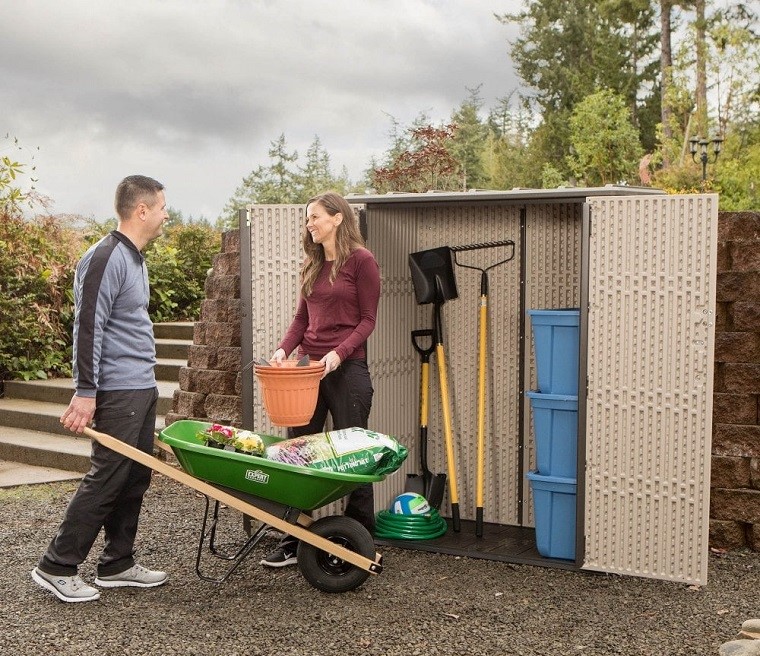
Plastic sheds are a good choice for anyone looking for low-maintenance garden construction. They are solid but lightweight and can be easily moved around the garden to your prefered position (or even dismantled if you move house). Most plastic shelters are UV-resistant, which means they will not fade in the sun. They are made of weather-resistant vinyl plastic and will provide the ideal storage option.
Plastic is impermeable, with panels forming a tight seal, and this sort of shed is excellent at keeping rain and snow out while also being sturdy enough to withstand winds. They endure a long time and require no care — simply hose them down. With these structures, you won’t have to worry about rot or dampness, and they’re simple to put up. Higher-end models even have internal metal framing for a more sturdy build.
People continue to wonder, ‘Are plastic sheds any good?’ The quick answer is, of course, plus they look good with your modern planters. Plastic is the leading material for all things garden and only growing in demand. And while they are intended to give protection even in severe weather, they may not be as durable in high winds. This is due to the difficulty of bolting a plastic hut into a slab (as opposed to a metal shed) and the fact that they are not as weighty as timber shelters.
Customising plastic sheds may also be more difficult. You might find it challenging to secure a bracket or drill through the plastic.
Do Garden Sheds Need a Foundation?
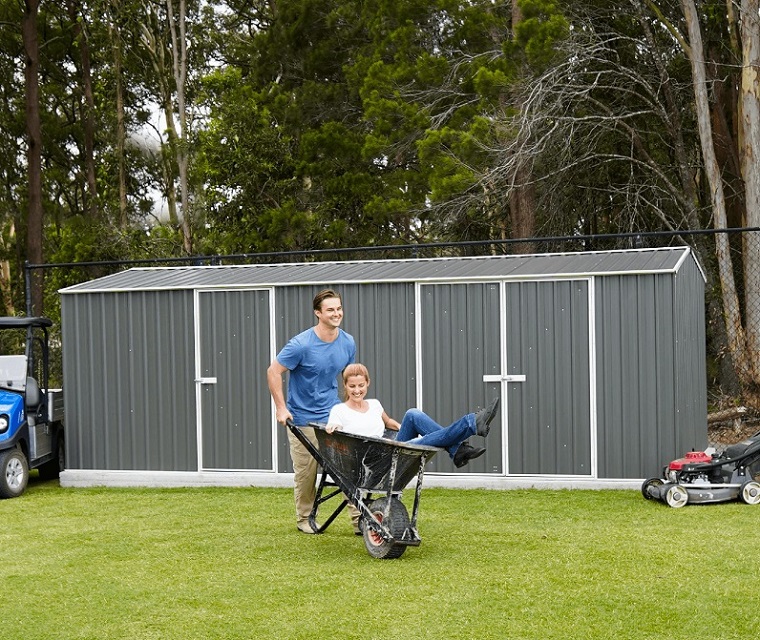
Small garden shelters (1.8 x 2.5m or less) are typically installed without foundation; however, if you’re looking for a unit that will stand the test of time, a ground foundation is required for a garden shed large in size. You should be aware that the standard plastic floor that comes with the shed you purchase is not a base or foundation. It’s just a floor, and it’s only as nice as the surface it’s resting on. Unless you’re building on an existing concrete floor (or the dirt you already have as a base), the following are the most typical materials used to build a foundation.
Gravel Foundation
First and foremost, gravel drains water more effectively than a flat concrete foundation. This will keep the structure beneath your shed from rotting in the long run. Second, it provides a considerably stronger foundation for your shed than concrete piers or shed foundation blocks.
Paving Blocks
Pavers are available in various materials, including concrete and brick, and are ideal for shed foundations. Pavers connect tightly, allowing you to build a sturdy foundation for your shed. They must be put on a perfectly flat and sturdy surface to be effective.
Wooden Base
A wooden base is typically the initial option for most smaller garden shelters. It is usually a simple timber frame that is held together with crossbeams. If you want to build a shed larger than 3 x 2.5 m or need to keep heavy equipment in it, consider a paving slab or concrete foundation instead.




